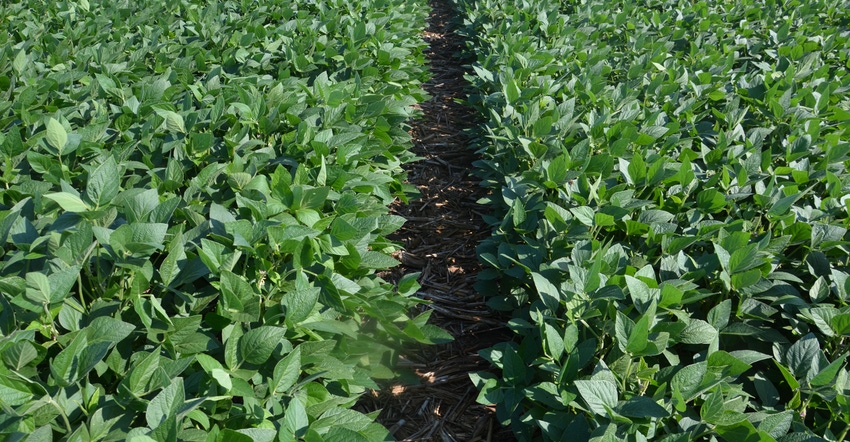September 11, 2019

Your soil is one of your most important assets. How can you better use living plants and crop residues to protect it?
Plants and residues used to protect soil have also been referred to as armor. Merriam-Webster defines armor as defensive covering for the body; a quality or circumstance that affords protection; and a protective outer layer. All three definitions are appropriate when talking about armor in the context of soil.
The definition calling armor a defensive covering is most obvious. The soil surface needs protection. Soil is susceptible to erosion from both water and wind when left unarmored. How can you armor the soil by keeping it covered 365 days a year?
Cash crops offer protection for about 90 days. Cash and cover crop residue, and a growing cover crop through the winter, offer protection in the absence of growing cash crops. Living cash and cover crops, as well as residues, act as a shield from heavy raindrops — as armor and as a defensive covering. This defensive covering is something you can see and know is valuable.
More protection
Armor as a quality or circumstance is a bit more ambiguous, harder to see, and takes more time to quantify. How does this apply to no-till, cover crops and soil health? Soil armored by crop and cover crop residue is protected from the sun, providing two benefits.
The most obvious is slowing down evaporation from the soil surface, holding moisture in the soil for use during dry weather. What is a half-inch of moisture worth at the right time during a dry stretch? Some old-timers call them “million-dollar rains.”
The other less obvious but important benefit is protection from soil temperature extremes. Biology in the soil thrives on a consistent temperature that doesn’t exceed 100 degrees F. Soil not covered by armor can reach temperatures of 125 degrees or more, driving biology deeper in the soil or into dormancy.
Biology is what converts nitrogen in the soil into a usable form. No conversion or less efficient conversion equals crop stress, which equates to lost yield and profit.
Plus, many weed seeds need sunlight to germinate. If soil is completely covered with residue until the cash crop reaches canopy stage, herbicide use can likely be reduced.
Key outer layer
As a protective outer layer, soil armor provides a food supply for microbiology. Residue on the surface is the sole food source for earthworms, which break down residue and start the process of feeding the millions of tiny organisms in the soil. These tiny organisms turn residue into usable and available nutrients. Lack of surface residue correlates to a greatly reduced number of earthworms, which leads to less available nutrients. That means more commercial fertilizer and less profit.
Do you farm for yield or for profit? You can increase profit by decreasing inputs while maintaining or improving yield.
To begin your journey to better soil health, make armor an important part of your daily operation.
Donovan is a district conservationist with the Natural Resources Conservation Service. He writes on behalf of the Indiana Conservation Partnership.
About the Author(s)
You May Also Like






